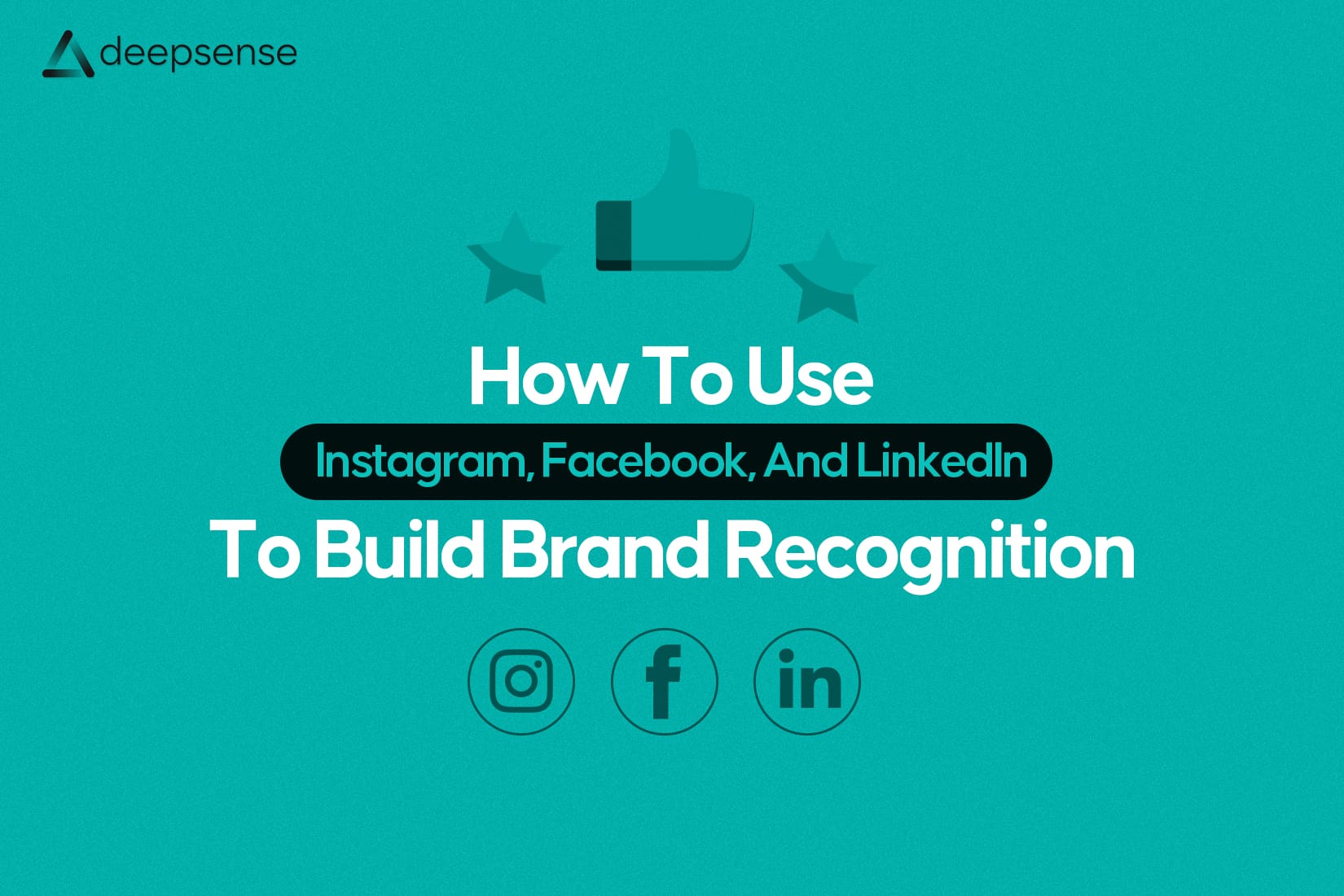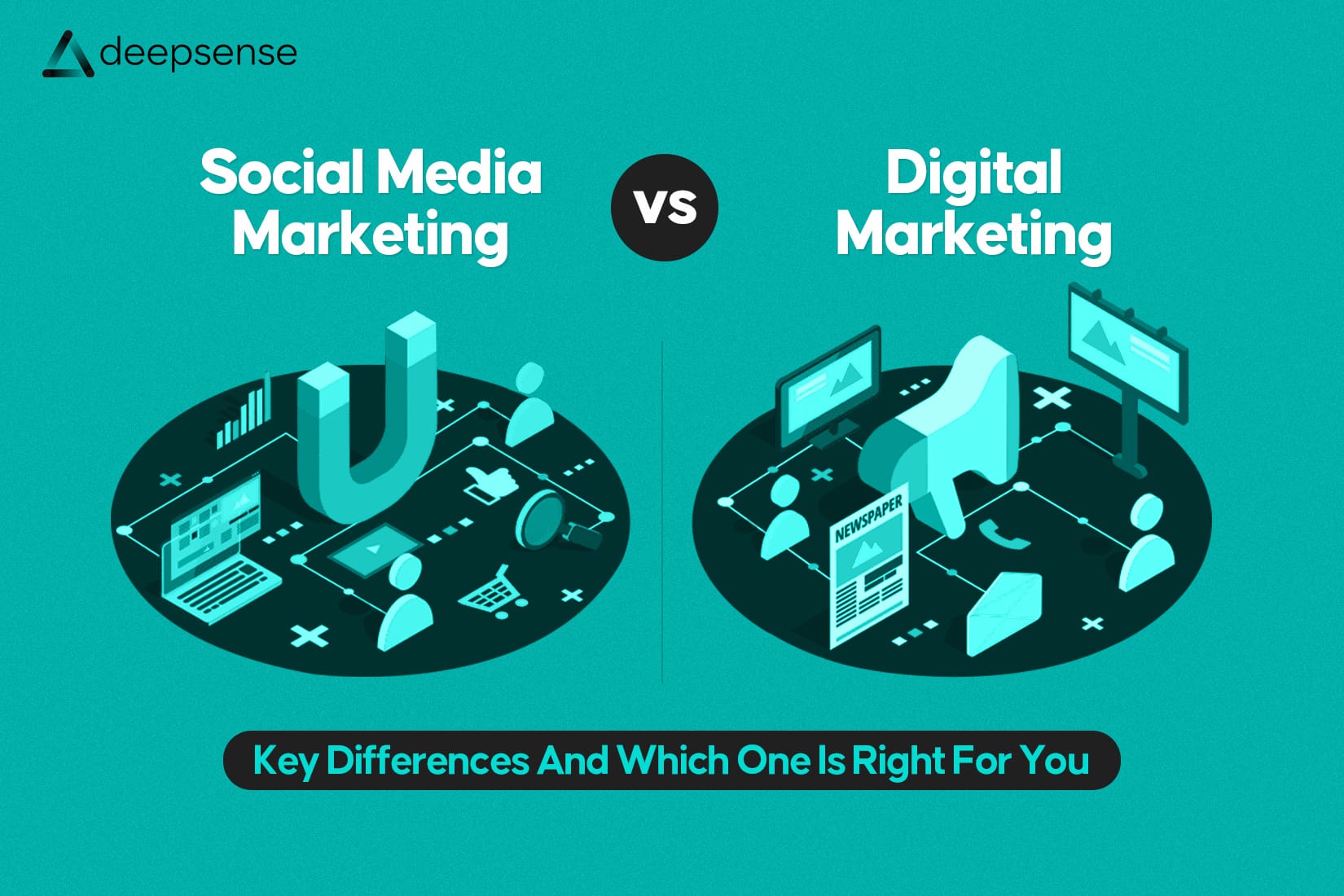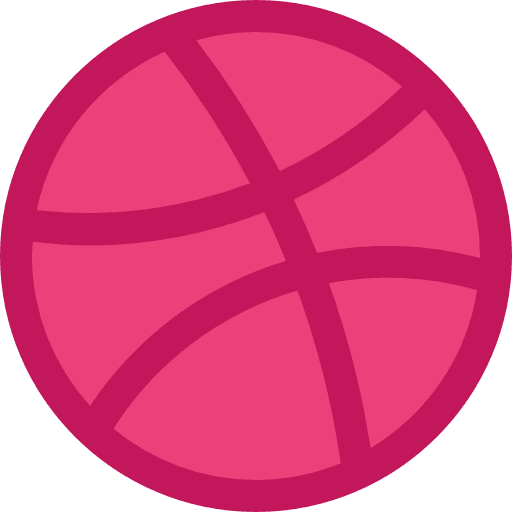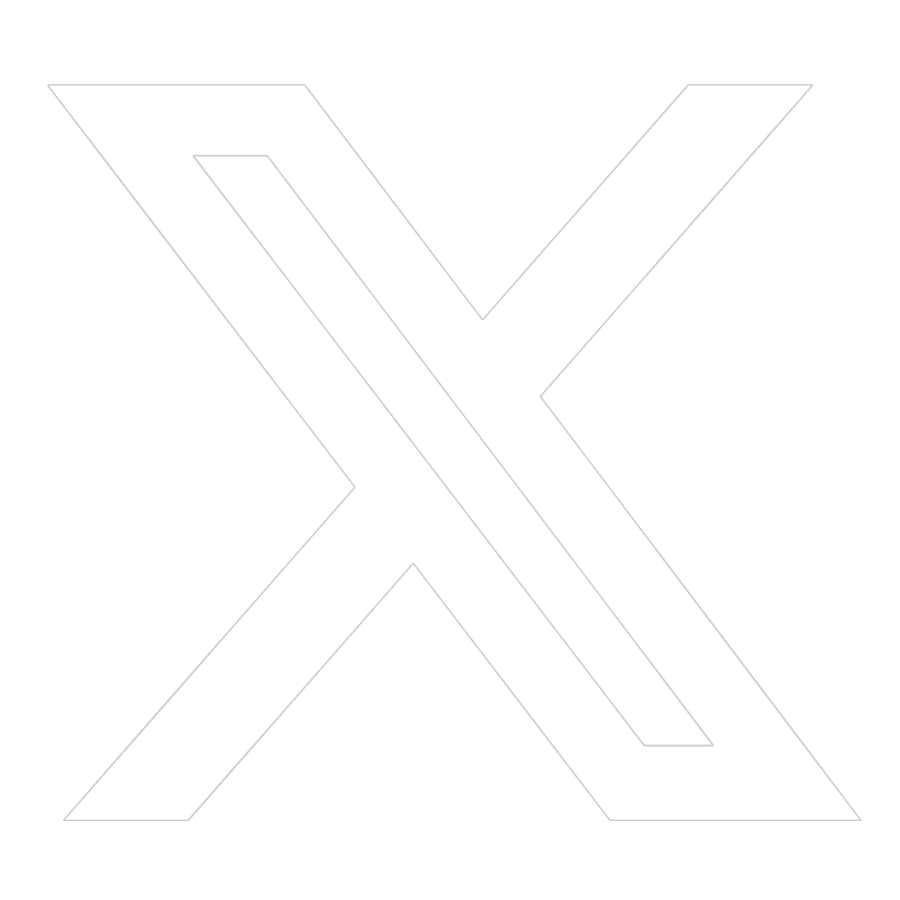How to Use Instagram, Facebook, and LinkedIn to Build Brand Recognition
Introduction
Imagine walking into a room full of potential customers. Would you remain silent in a corner, hoping people will notice you? Or would you engage, start conversations, and make a lasting impression?
Social media works the same way. If you’re just posting occasionally without a strategy, you’re merely another brand positioning in the background. But when used effectively, Instagram, Facebook, and LinkedIn can be powerful tools to increase your brand recognition, build trust, and create a loyal community.
Let’s dive into how each of these platforms can help you stand out in the crowded digital space.
Instagram: The Power of Visual Storytelling
Instagram is where aesthetics meet engagement. With over 2 billion monthly active users, this platform thrives on visually compelling content that captures attention in seconds.
1. Develop a Consistent Aesthetic
Your Instagram grid should instantly convey your brand’s identity. Use a consistent color scheme, fonts, and style in your posts to make your brand easily recognizable.
2. Leverage Instagram Stories & Reels
Stories and Reels allow you to share behind-the-scenes content, customer testimonials, or product teasers. Since 86% of businesses use Stories, this feature is a must to maintain visibility.
3. Encourage User-Generated Content (UGC)
People trust content from other people more than brands. Encourage your customers to share their experiences using your product or service and repost their content with credit. This creates authenticity and social proof.
4. Use Hashtags and Geotags Wisely
Hashtags increase discoverability, and geotags help local audiences find your brand. Research trending and niche hashtags relevant to your industry for maximum reach.
Facebook: Community and Trust Building
Facebook is still a powerhouse for brand building, with nearly 3 billion users worldwide. Unlike Instagram, which is more visual, Facebook allows for deeper conversations, community building, and targeted advertising.
1. Optimize Your Business Page
Your Facebook business page is like a digital storefront. Ensure that your bio, website links, contact details, and services are up to date.
2. Create and Participate in Groups
Facebook Groups provide a great opportunity to build an engaged community. If your brand solves a problem or serves a niche audience, create a group where members can discuss topics related to your industry.
3. Utilize Facebook Ads for Targeted Reach
With detailed targeting options, Facebook Ads allow you to reach your ideal audience based on interests, behaviors, and demographics. If done right, even a small ad budget can yield great results.
4. Post Valuable and Shareable Content
Content that educates, entertains, or inspires is more likely to be shared. Videos, polls, infographics, and customer testimonials perform particularly well on Facebook.
LinkedIn: The Authority Builder
LinkedIn is the go-to platform for B2B marketing, but it’s also great for personal branding and thought leadership. It’s where decision-makers and industry leaders hang out, making it an essential platform for businesses looking to establish credibility.
1. Optimize Your LinkedIn Company Page
A well-structured company page with a clear mission, engaging banner, and informative posts enhances your brand’s reputation. Make sure your tagline and ‘About’ section communicate your brand’s value proposition.
2. Publish Thought Leadership Content
LinkedIn Articles and posts are great ways to showcase your expertise. Share insights, trends, and case studies that position your brand as a leader in your industry.
3. Engage in Industry Discussions
Commenting on trending topics and engaging with industry leaders boosts your visibility. Being active in relevant conversations increases your brand’s credibility.
4. Leverage Employee Advocacy
Encourage your employees to share company updates, insights, and achievements on their personal LinkedIn profiles. This extends your brand’s reach and adds authenticity.
Interesting Stats That Show Why This Works
- Instagram: 90% of users follow at least one business, proving that brands have a place on the platform.
- Facebook: Facebook Groups see 1.8 billion monthly users, making them a goldmine for engagement.
- LinkedIn: 80% of B2B social media leads come from LinkedIn, making it a crucial tool for business growth.
Source: https://www.wordstream.com/social-media-marketing
Final Thoughts
Building brand recognition isn’t about being everywhere; it’s about being strategic.
Instagram helps you connect visually and engage your audience, Facebook helps you build trust and community, and LinkedIn positions your brand as an authority. By tailoring your content to each platform’s strengths, you can create a compelling brand presence that leaves a lasting impression.
The key is consistency, authenticity, and engagement. The more you interact and add value, the stronger your brand recognition will be. So, start leveraging these platforms effectively and watch your brand grow!
FAQs
1. How to use LinkedIn to increase brand awareness?
To increase brand awareness on LinkedIn:
- Optimize Your Profile & Page – Ensure your company page is complete, with a compelling bio, logo, and relevant keywords.
- Share Valuable Content – Post industry insights, thought leadership articles, and case studies to engage your audience.
- Use LinkedIn Ads – Invest in Sponsored Content, Message Ads, and Display Ads to reach a targeted audience.
- Engage Consistently – Comment, share, and interact with followers, partners, and industry influencers.
- Leverage Employee Advocacy – Encourage team members to share company content for a wider reach.
- Join & Participate in Groups – Engage in relevant LinkedIn Groups to establish credibility.
- Host Webinars & Live Events – Showcase expertise and interact directly with your audience.
2. What is the 50/30/20 rule for social media?
The 50/30/20 rule suggests a balanced content strategy for social media:
- 50% Educational & Informational Content – Blogs, how-tos, industry insights, and thought leadership pieces.
- 30% Engaging & Interactive Content – Polls, quizzes, user-generated content, and behind-the-scenes posts.
- 20% Promotional Content – Direct promotions, product launches, and special offers.
This approach ensures value-driven engagement while keeping self-promotion minimal.
3. What is the 4-1-1 rule on LinkedIn?
The 4-1-1 rule ensures a balanced mix of content:
- 4 pieces of educational or curated content from industry sources.
- 1 piece of original content from your brand (blog, insights, case studies).
- 1 promotional post about your products/SEO services.
This strategy keeps the audience engaged while avoiding an overly sales-driven approach.
4. How to use Instagram for brand awareness?
To boost brand awareness on Instagram:
- Optimize Your Profile – Use a clear profile picture, keyword-rich bio, and relevant links.
- Post Consistently – Share high-quality visuals, carousels, and reels showcasing your brand’s personality.
- Leverage Hashtags – Use a mix of popular and niche hashtags to improve discoverability.
- Engage with Your Audience – Respond to comments, DMs, and collaborate with influencers.
- Use Instagram Stories & Highlights – Share behind-the-scenes, Q&A sessions, and customer testimonials.
- Run Contests & Giveaways – Encourage user-generated content to expand reach.
- Utilize Instagram Ads – Invest in targeted ads for better visibility.
5. What is the 70/30 rule for social media?
The 70/30 rule recommends a mix of content types:
- 70% Value-Driven Content – Educational, entertaining, or engaging posts that resonate with your audience.
- 30% Promotional Content – Direct promotions, product features, and sales-oriented posts.
This strategy helps maintain a balance between engagement and marketing.
6. What is the 95-5 rule in LinkedIn?
The 95-5 rule suggests that at any given time:
- Only 5% of your target audience is actively looking to buy.
- The remaining 95% are not in the market yet but might be in the future.
This means brands should focus on long-term brand building, consistently sharing valuable content to stay top-of-mind for when the 95% are ready to convert.











